A day out in Faro
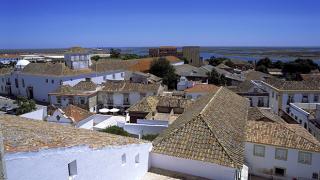
Don't miss
- discover Muslim traces in the “vila-adentro”
- visit the Cathedral and climb the bell tower for a view over the city and the estuary
- have a rest at the Arco do Repouso, like King Afonso III did
- unwind, strolling along the riverbank
- marvel at the sunset on the Faro Islands or Culatra beach
- climb to the Cape Santa Maria lighthouse, the most southerly point of mainland Portugal and admire the landscape
- during the summer, spend a day on the beach on Deserta Island to enjoy a space untarnished by humans
The capital of the Algarve since 1756, Faro is also the gateway for those arriving by plane. The Manuel Bivar Gardens are a beautiful reception area for visitors, where everything overlooks the marina, the Ria Formosa and the sea.
The Arco da Vila gives access to the old town, known as "vila adentro" (into the town). Here you will find the 11th century Arab Gateway, the oldest horseshoe arch in the country, which was the gate through the walls for those arriving by sea. From here, a tangle of streets begins that are well worth meandering through to explore their nooks and crannies. Many archaeological finds that testify to the city's history are to be found in the Municipal Museum at the 16th century Convent of Nossa Senhora da Assunção.
In Largo da Sé, dominated by the buildings of the Bishops’ Palace, you will find the Cathedral, erected in 1251 after the Christian reconquest on the site formerly occupied by the mosque. Inside is one of the most remarkable collections from the 17th and 18th centuries in the Algarve, a period that is also well represented in the Church of São Francisco with its beautiful gilt carvings and tiles. Nearby lie the two watchtowers that protected the Arco do Repouso, so named because, according to the story, it was here that King Afonso III rested during the conquest of Faro.
Outside the perimeter of the walls, there is a different city, rebuilt after the 1755 earthquake by the nobility and bourgeoisie, which can be seen in affluent homes and palaces and the romantic Lethes Theatre. Also notable are the Church of Nossa Senhora do Carmo and the Church of São Pedro, decorated in the baroque and rococo styles.
Rua de Santo António is pedestrianised and paved with cobblestones, and is the busiest area, with many shops and restaurants. It was here that an influential Jewish community was established in the 19th century, whose presence is attested by the Synagogue and Museum in the Jewish Historical Cemetery.
Back at the Manuel Bívar Gardens, there’s nothing like a refreshing drink while you rest at one of the terraces along the estuary; and if it’s time for a meal, you must look for a restaurant to savour the gastronomic delights, highlights of which are the fish and seafood cooked in a cataplana, a copper utensil typical of the Algarve, which is also believed to be of Arabic origin.
And since you’re facing the Ria Formosa, you shouldn’t miss the opportunity to know it better. Classified as a Natural Park, this lagoon system has a vast area of marshland, channels and islets where you can observe several species of migratory birds. On the long strip of sand that separates the estuary from the sea there are quiet beaches such as Faro islands, Farol, Culatra and Deserta. Regular and other boat services operate in the estuary departing from Cais da Porta Nova, which will take you to these places where relaxation is mandatory.


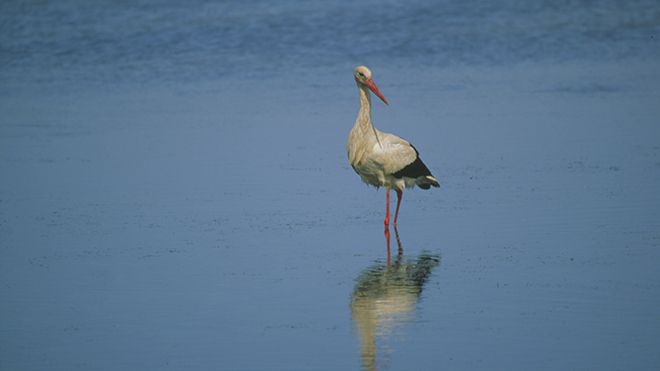





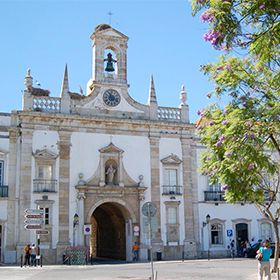

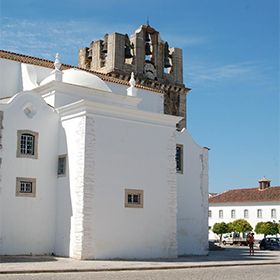
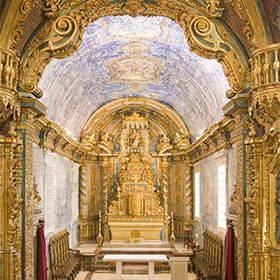
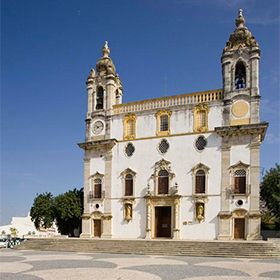
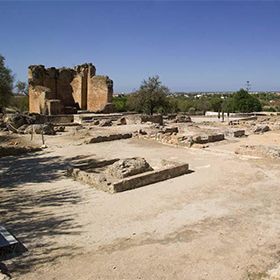
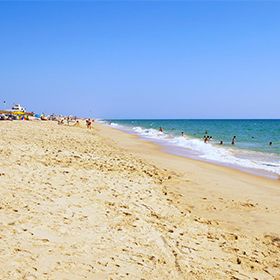
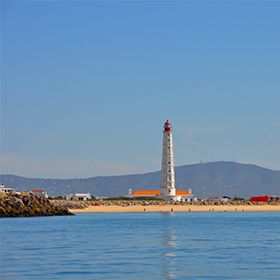
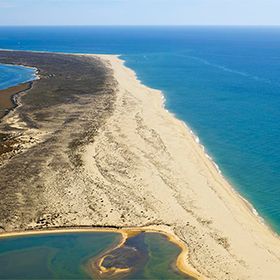
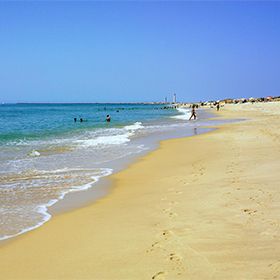


 Explore
Explore 
 Remember and Share
Remember and Share 


